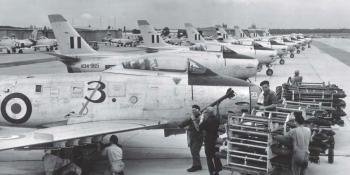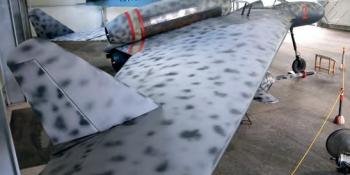Until World War Two, aviation technology had lacked sufficient advancement to permit the carriage by aircraft of heavy, bulk cargo in the way desired by the armed forces — that is, until Gen Henry ‘Hap’ Arnold of the US Army Air Forces (AAF) issued a request to manufacturers for a dedicated cargo/troop transport. Of course, aircraft such as the Douglas C-47 and Curtiss C-46 would meet battlefield needs, but they were originally conceived as civil passenger types, so bulk cargoes had to be awkwardly side-loaded into the fuselage.
Arnold’s August 1941 request outlined that the desired aircraft should meet certain minimum specifications: it must be a twin-engined landplane capable of operating from rough fields of 1,200ft, carry a 4,500lb load at not less than 120mph over a range not below 600 miles with a ceiling of 20,000ft, and be capable of maintaining a 5,000ft altitude on one engine. Aero engine development was proceeding at such a rapid pace that the proposal for an aircraft of this type was timely.
The Fairchild Corporation responded with a twin-boom, high-wing concept by chief designer Armand J. Thieboldt under company designation Model 78 and air force designation XC-82. It proposed a flat, tr…





